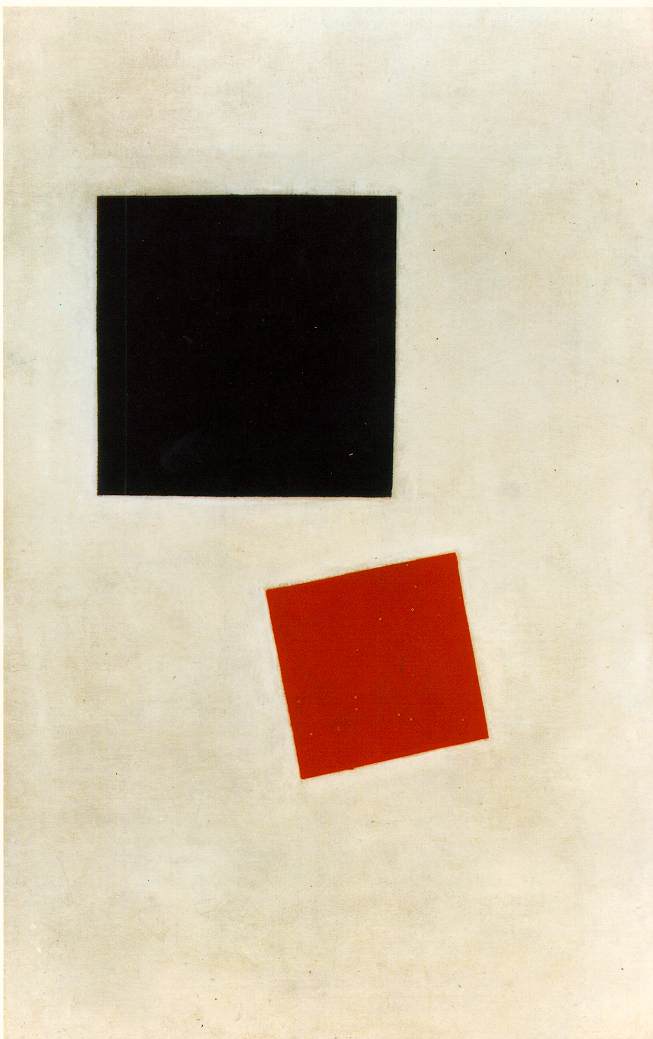A lot of my work is influenced by the principles and works produced during the Minimalist movement, but my work also reflects the style developed in this neoplasticism movement.
Neoplasticism was a Dutch movement that arose before the era of Minimalism.
"It [De Stijl] was posited on the fundamental principle of the geometry of the straight line, the square, and the rectangle, combined with a strong asymmetricality; the predominant use of pure primary colors with black and white; and the relationship between positive and negative elements in an arrangement of non-objective forms and lines." Guggenheim Glossary: De Stijl
The expression of neoplasticism relies on the abstraction of form and color. The works avoided symmetry and attained aesthetic balance by the use of opposition. This element of the movement embodies the second meaning of stijl: “a post, jamb or support”; this is best exemplified by the construction of crossing joints, most commonly seen in carpentry.
De Stijl Artist, Theo Van Doesburg
Minimalist Work by Frank Stella
I also stumbled across a movement known as Suprematism. This art movement focused on geometric forms that represented the feeling of nonobjectivity. I'm very interested in this movement and will continue to read the writings of Kasimir Malevich.
Here is a link to a more detailed explaination of suprematism. Malevich
Kasimir Malevich's Black Square and Red Square





No comments:
Post a Comment